Robotic finger mimics human digits as it is heated and cooled
The team says the robotic finger could help to overcome some of the challenges encountered by researchers working in the ocean depths (Credit: Florida Atlantic University)
Image Gallery (3 images)
Scientists at Florida Atlantic University have employed a novel thermal training technique to give robotic fingers a natural look and feel. With the ability to curve and straighten as it is heated and cooled, the researchers are hopeful their lifelike new creation will be put to use in underwater robotics and eventually, advanced prosthetic devices.
The researchers began with a 3D CAD model of a human finger. From this, they created a model of the digit and then 3D printed inner and outer molds, between which they placed a flexor and extensor actuator made from shape memory allow (SMA), along with a position sensor.
The flexor actuator was trained to take the shape of a bent human finger when heated, while the extensor was trained to straighten out when heated. So by alternately heating and cooling the two actuators, the finger in could be made to bend and straighten. This was done through a process called Joule heating, which sees electrical currents pass through a heat-generating conductor.
One problem the researchers encountered was the time it takes for each actuator to cool again and resume its natural shape after being heated. Because of this, they are looking to undersea robotics as the finger‘s first port of call. In an underwater environment, thermal insulators fitted to the tip of the finger can allow water to flow throughout the cavity and more efficiently cool the actuators, which the researchers say greatly improves the operational speed of the device.
Eventually it is hoped that the approach can be used fin the development of better prostheses.
“We have been able to thermomechanically train our robotic finger to mimic the motions of a human finger like flexion and extension,” says Erik Engeberg, assistant professor at FAU. “Because of its light weight, dexterity and strength, our robotic design offers tremendous advantages over traditional mechanisms, and could ultimately be adapted for use as a prosthetic device, such as on a prosthetic hand.”
The research was published in the journal Bioinspiration & Biomimetics.
自動翻譯僅供參考
機(jī)械手指能夠模仿人類手指受熱和手冷時的情形 Robotic手指模仿人類的??數(shù)字,因?yàn)樗患訜岷蚦ooled
該小組說,機(jī)器人的手指可以幫助克服一些研究人員在海洋深處工作所遇到的挑戰(zhàn)(圖片來源:佛羅里達(dá)大西洋大學(xué))
科學(xué)家在佛羅里達(dá)大西洋大學(xué)已經(jīng)采用了一種新的熱訓(xùn)練技術(shù)給機(jī)器人的手指一個自然的外觀和感覺。隨著和拉直,因?yàn)樗患訜岷屠鋮s能力曲線,研究人員希望他們的栩栩如生的新的創(chuàng)造將投放水下機(jī)器人,最終,先進(jìn)的假肢裝置使用。
研究人員開始了與人類的三維CAD模型手指。從這一點(diǎn),他們創(chuàng)建的數(shù)字的一個模型,然后三維印刷內(nèi)和外模,在它們之間它們置于一個屈肌和伸肌激勵器由形狀記憶制成允許(SMA),還有一個位置傳感器。
屈致動器被訓(xùn)練采取彎曲的人的手指的形狀,當(dāng)加熱,而伸肌被訓(xùn)練理順加熱時。因此,通過交替地加熱和冷卻所述兩個致動器,所述手指可以作出彎曲和伸直。這是通過一個稱為焦耳加熱過程,看到的電流通過發(fā)熱導(dǎo)體完成。研究者遇到
一個問題是它需要對每個致動器,以再次冷卻,加熱后恢復(fù)其自然形狀的時間。正因?yàn)槿绱耍麄冋趯ふ覈H海底機(jī)器人呼叫的手指的第一個端口。在水下環(huán)境中,熱絕緣體裝配到指尖可以允許水流在整個腔和更有效地冷卻所述致動器,其中,研究人員表示極大地提高了裝置的運(yùn)行速度。
最終,它希望該方法可用于散熱片更好的假體的發(fā)展。
“我們已經(jīng)能夠熱機(jī)械訓(xùn)練我們的機(jī)器人手指模仿人類手指的動作就像屈伸,”埃里克Engeberg說,副教授FAU。 “由于其重量輕,靈巧和力量,我們的機(jī)器人設(shè)計提供了極大的優(yōu)勢,比傳統(tǒng)的機(jī)制,最終可能適于用作假肢裝置,如一個假手。”
這項(xiàng)研究發(fā)表在雜志Bioinspiration和放大器; 。仿生學(xué)
-
機(jī)器人
+關(guān)注
關(guān)注
211文章
28597瀏覽量
207837
發(fā)布評論請先 登錄
相關(guān)推薦
LabVIEW運(yùn)動控制(一):EtherCAT運(yùn)動控制器的SCARA機(jī)械手應(yīng)用
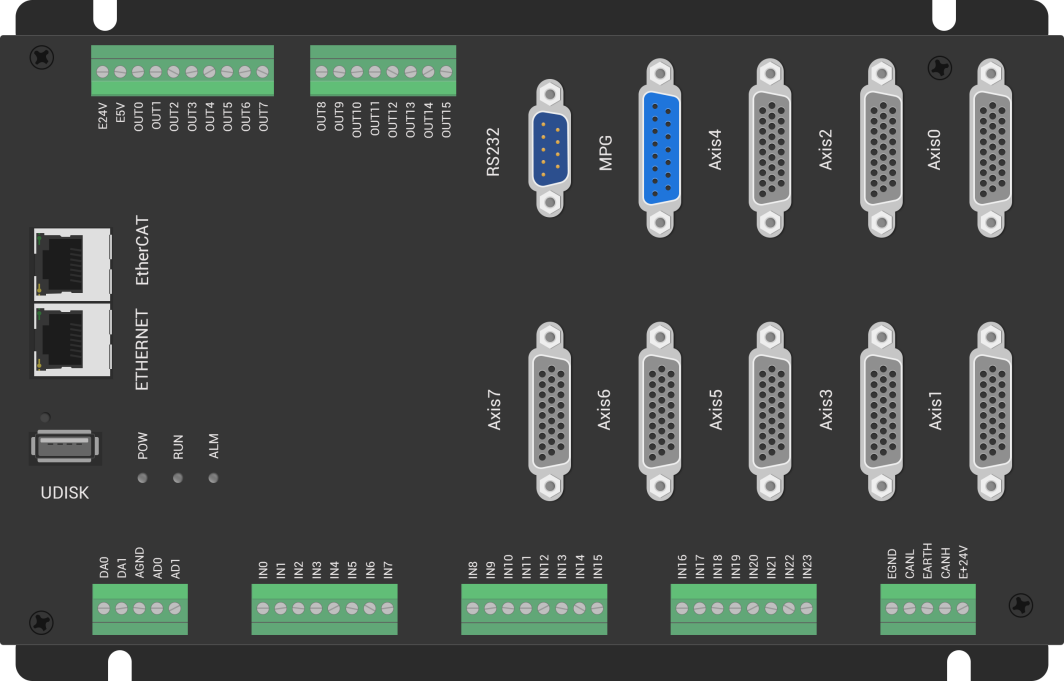
機(jī)械手 OEM 的應(yīng)用
明治案例 | 【BGS背景抑制】【大光斑】機(jī)械手吸取網(wǎng)布有無檢測

“快、準(zhǔn)、穩(wěn)”——阿普奇AK5在機(jī)械手領(lǐng)域的應(yīng)用解決方案
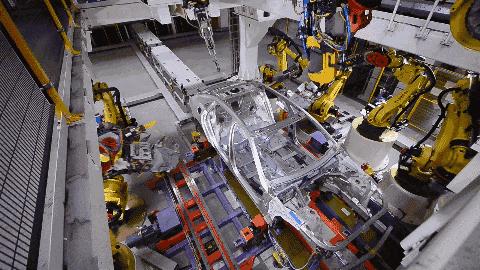
手指印對PCB電路板會產(chǎn)生哪些不良影響?
機(jī)器視覺控制機(jī)械手的具體過程
PLC在機(jī)械手控制系統(tǒng)中的具體應(yīng)用
EtherCAT運(yùn)動控制器Delta機(jī)械手應(yīng)用
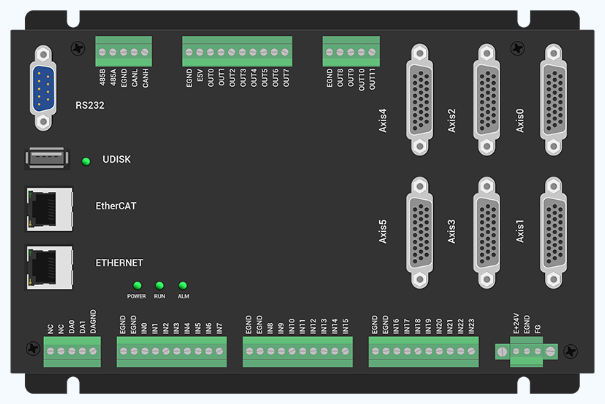
電路板金手指,到底有什么作用?
工業(yè)網(wǎng)關(guān)的數(shù)字化車間機(jī)械手和工業(yè)生產(chǎn)設(shè)備遠(yuǎn)程監(jiān)控解決方案應(yīng)用

ZR機(jī)械手:提高生產(chǎn)效率,降低成本的有效途徑-速程精密
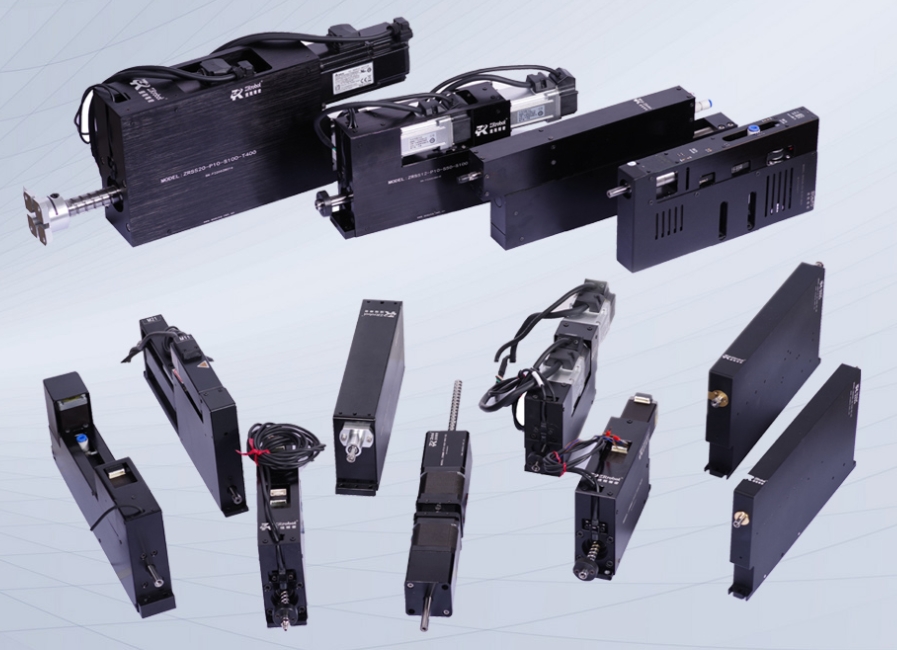
ZR機(jī)械手:推動制造業(yè)向更高水平發(fā)展
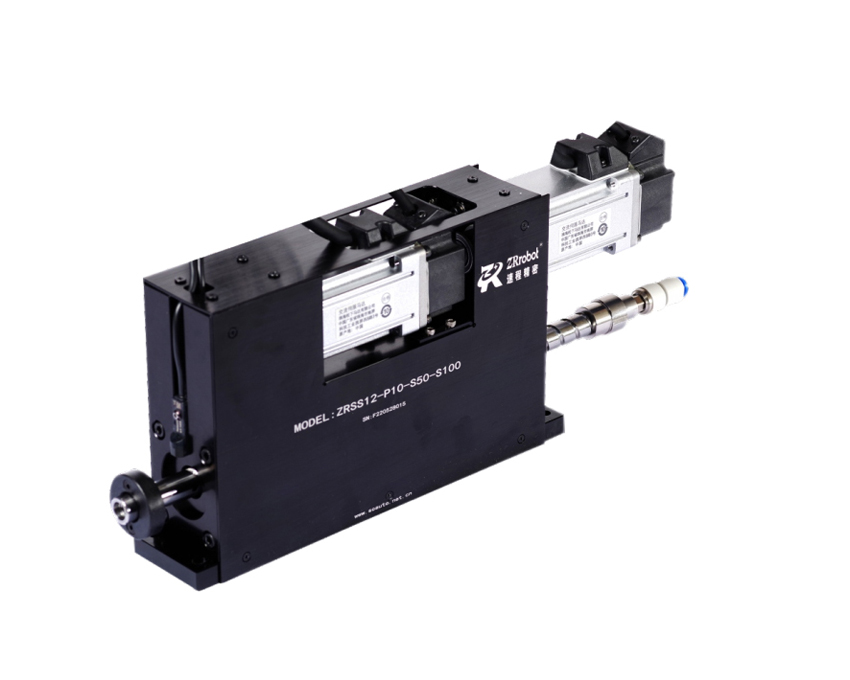
搬運(yùn)機(jī)械手連接“搭子”哪家選?YM系列工業(yè)級連接器真搭





 機(jī)械手指模仿人類手指受熱和手冷反應(yīng)
機(jī)械手指模仿人類手指受熱和手冷反應(yīng)











評論